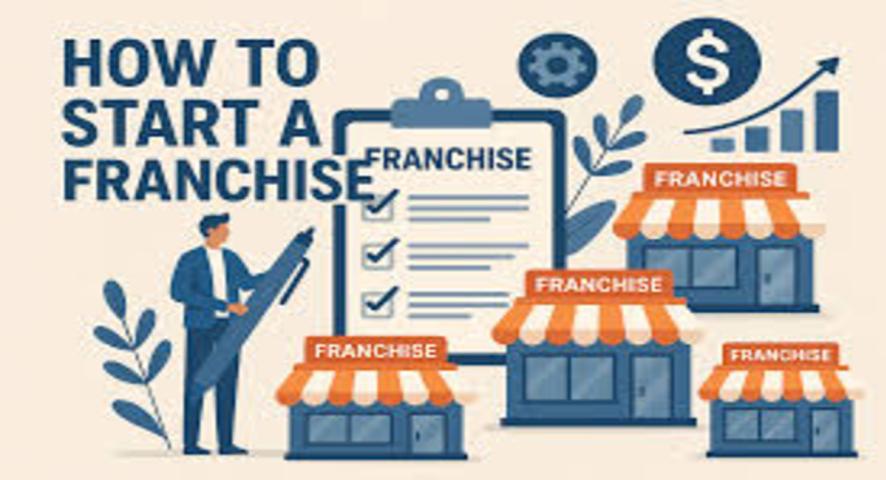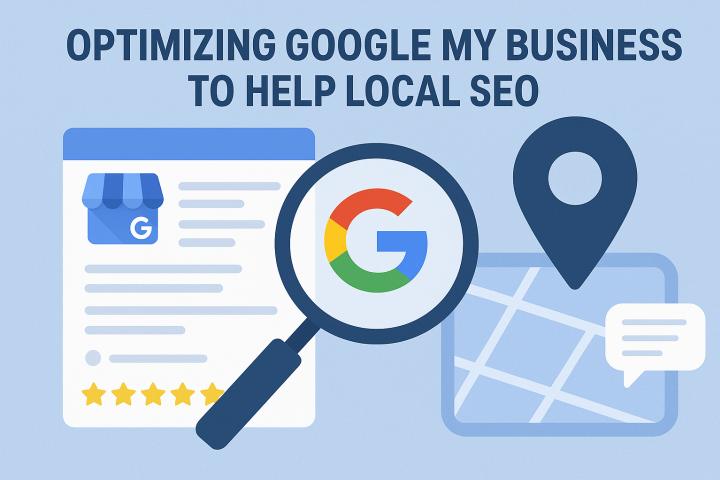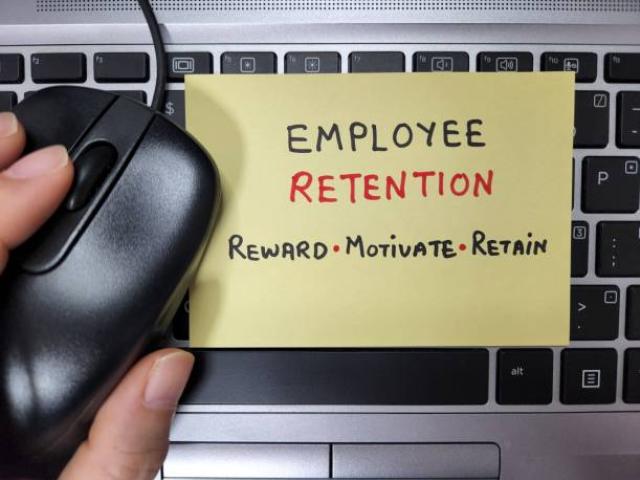Capturing the attention of investors begins long before the first pitch meeting. A well-structured and compelling presentation of a business project is often the difference between securing funding and being overlooked. Investors, whether angel financiers, venture capitalists, or banks, are constantly evaluating which opportunities show the highest potential and the lowest risk. For entrepreneurs, this means that the ability to clearly communicate vision, value, and viability is not optional—it’s essential.
Why a Solid Business Project Presentation Matters
Investors receive countless proposals and have limited time to assess each one. A concise and persuasive presentation immediately demonstrates that the entrepreneur has a clear understanding of the market, the problem they’re solving, and how their solution stands out. More importantly, it reflects professionalism, preparation, and a commitment to success—all traits investors value highly.
The business viability document, often the core of the project presentation, provides detailed insight into the feasibility of the project. It must balance visionary ambition with grounded, evidence-based projections.
Key Components of a Business Viability Document
To be effective, the viability document should include the following sections:
1. Executive Summary
A brief, powerful overview of the business project. It should capture the essence of the opportunity, the market need, and how the project will address it. Though it's placed first, this section is often written last to ensure it accurately summarizes the entire document.
2. Market Analysis
This section provides data-driven insights into the target market, including size, trends, customer segments, and competition. It should show a clear demand for the solution and explain how the business will capture market share.
3. Business Model
An explanation of how the company will generate revenue. This includes pricing strategy, distribution channels, and customer acquisition plans. It should be realistic and aligned with industry norms.
4. Product or Service Description
Detailing what the business offers, this section must emphasize what differentiates the product or service. Highlight any intellectual property, innovation, or competitive advantage.
5. Operational Plan
Outlines how the business will function day-to-day. It includes the supply chain, key partners, facilities, staffing, and logistics. This shows investors that the team understands what it takes to deliver the product or service.
6. Financial Projections
A critical component, this should include projected income statements, cash flow statements, and balance sheets for the next 3–5 years. Be conservative but realistic—investors will spot overly optimistic assumptions quickly.
7. Team Overview
Introduces the people behind the project, highlighting relevant experience and roles. Investors often say they invest in teams more than ideas, so this section should build confidence in the founders’ capabilities.
8. Risk Assessment and Mitigation Strategies
No project is risk-free. Identifying potential challenges and showing how they will be mitigated demonstrates foresight and professionalism.
9. Funding Requirements
This section clearly states how much funding is needed, what it will be used for, and what investors will receive in return (equity, debt terms, etc.). Transparency is crucial.
How to Develop a Viability Document
Research Thoroughly: Use credible data to support every claim. Market figures, industry trends, and financial assumptions must be well-founded.
Stay Clear and Concise: Avoid jargon. Simplicity shows clarity of thought.
Use Visuals: Charts, graphs, and infographics can make complex information easier to digest.
Review and Refine: A viability document should go through multiple drafts. Seek feedback from mentors or professionals before presenting it.
Tailor to the Audience: Different investors look for different things. Understand who you're presenting to and adjust the focus accordingly.
Final Thoughts
A solid business project presentation is more than just a funding tool—it’s a roadmap for your entrepreneurial journey. It forces founders to think critically, identify gaps, and clarify strategy. For investors, it’s a window into the mind and potential of the business. When crafted with care, clarity, and conviction, a good presentation can turn a promising idea into a funded reality.



















